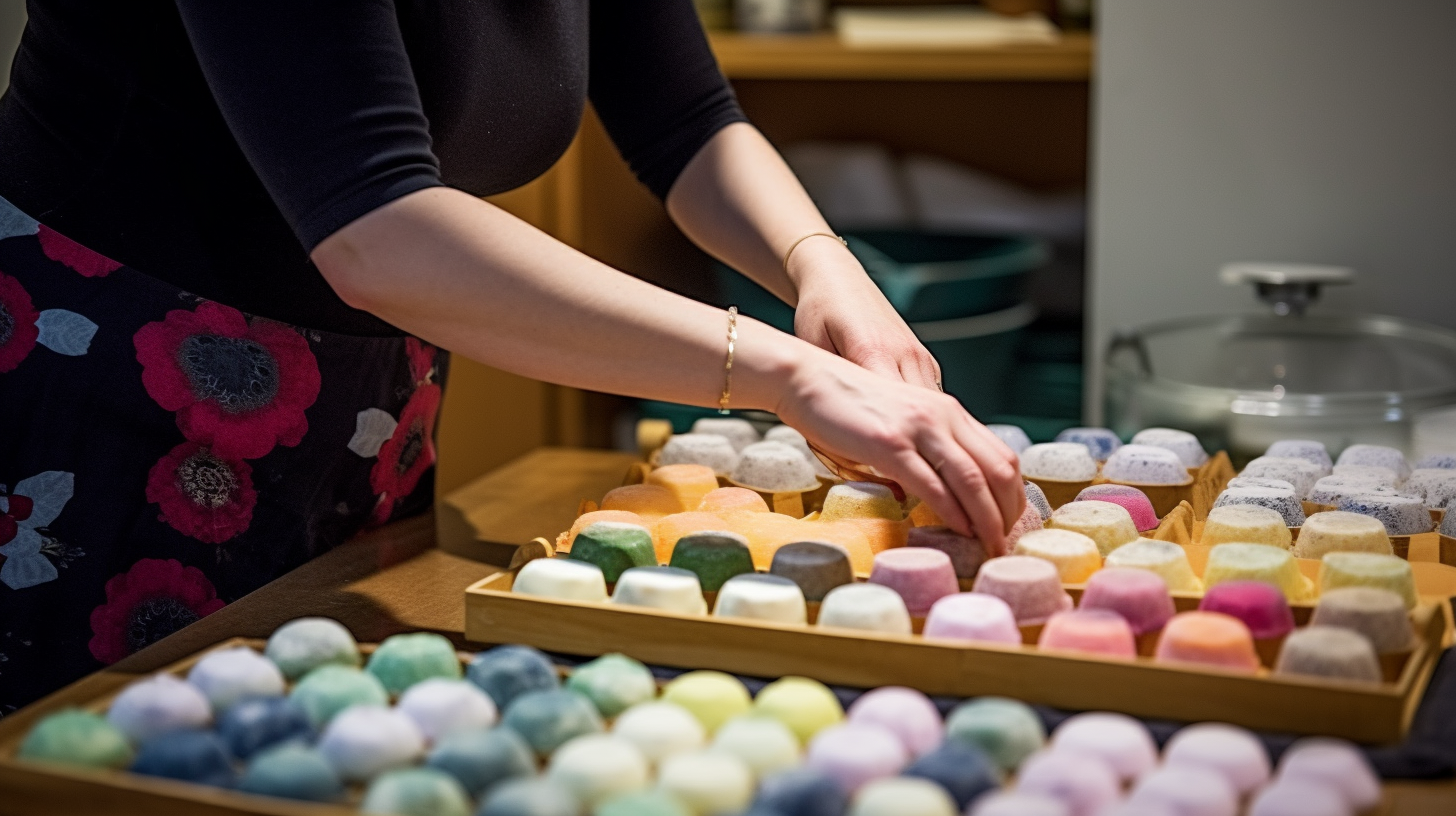Top Ingredients for Effective Facial Masks: A Comprehensive Guide
Welcome to our comprehensive guide on the top ingredients for effective facial masks! When it comes to skincare, facial masks are a beloved staple in many beauty routines. They offer a myriad of benefits, from hydrating and moisturizing the skin to fighting acne and reducing signs of aging. But with so many options available on the market, it can be overwhelming to choose the right facial mask for your specific needs. That’s where we come in!
The Power of Facial Masks
Facial masks have been used for centuries as a way to nourish and rejuvenate the skin. They can provide targeted treatments by delivering active ingredients directly to the skin, resulting in impressive results. Whether you have dry, oily, acne-prone, or mature skin, there is a facial mask out there that suits your needs.
One of the main advantages of using facial masks is their ability to deeply cleanse the skin. By drawing out impurities and unclogging pores, they can help prevent breakouts and improve overall skin texture. Additionally, facial masks can enhance blood circulation, leading to a healthy glow and improved skin tone.
The Best Ingredients for Facial Masks
Now that we understand why facial masks are such an important part of a skincare routine, let’s dive into some of the best ingredients you should look for when selecting a facial mask:
- Hydrating Ingredients: Hydration is key for maintaining healthy and radiant skin. Look for ingredients like hyaluronic acid, glycerin, and aloe vera that attract moisture and lock it into your skin.
- Moisturizing Ingredients: Dryness can lead to dullness and premature aging. Opt for ingredients such as shea butter, jojoba oil, and ceramides to replenish and nourish your skin.
- Acne-Fighting Ingredients: If you’re dealing with acne-prone skin, seek out ingredients like salicylic acid, tea tree oil, and sulfur. These ingredients help to unclog pores, reduce inflammation, and fight acne-causing bacteria.
- Anti-Aging Ingredients: To combat the signs of aging, look for ingredients such as retinol, peptides, and vitamin C. These powerhouses can help stimulate collagen production, reduce the appearance of fine lines and wrinkles, and improve skin elasticity.
- Soothing Ingredients: If you have sensitive or irritated skin, soothing ingredients like chamomile extract, oatmeal, and green tea can work wonders. They calm inflammation and provide relief to reactive skin.
- Exfoliating Ingredients: Exfoliation is crucial for removing dead skin cells and revealing a fresh complexion. Ingredients like alpha-hydroxy acids (AHAs), beta-hydroxy acids (BHAs), and fruit enzymes gently exfoliate the skin’s surface.
The Challenges of DIY Facial Masks
While DIY facial masks can be fun to make at home using natural ingredients from your kitchen pantry, there are some challenges that need to be considered. Although natural ingredients can offer benefits for the skin, it’s important to remember that not all of them are suitable for everyone.
Skin sensitivity varies from person to person, so what works for one individual may not work for another. Some DIY ingredients can cause irritation or allergic reactions in certain individuals. It’s crucial to perform a patch test before applying any homemade facial mask to your entire face.
In addition, while natural ingredients can be effective, they may not deliver the same concentrated results as professionally formulated products. If you’re dealing with specific skin concerns or looking for more dramatic results, it may be worth considering store-bought facial masks that are specifically tailored to your needs.
Choosing the Right Facial Mask for You
When selecting a facial mask, it’s important to consider your skin type, concerns, and personal preferences. Here are some practical tips to help you make the right choice:
- Know your skin type: Understanding your skin type is crucial in selecting the right facial mask. Is your skin oily, dry, combination, or sensitive? Choose ingredients that address your specific concerns.
- Identify your skin concerns: Are you looking to hydrate your skin, fight acne, or reduce signs of aging? Look for ingredients that target those specific concerns.
- Read product labels: Pay attention to ingredient lists and avoid any potential allergens or irritants. Look for products that are free from parabens, sulfates, and artificial fragrances if those are a concern for you.
- Consider professional recommendations: If you’re unsure about which facial mask to choose, consult with a skincare professional who can provide personalized recommendations based on your unique needs.
In Conclusion
Facial masks are a fantastic addition to any skincare routine. By incorporating the right ingredients into your facial mask, you can effectively address various skin concerns and achieve a healthy complexion. Whether you opt for store-bought masks or enjoy experimenting with DIY recipes, always prioritize the needs of your skin and choose ingredients that work best for you.
We hope this comprehensive guide on the top ingredients for effective facial masks has provided you with valuable insights and practical tips. Remember, skincare is a journey, and finding the right products and ingredients may require some trial and error. Enjoy the process, pamper your skin, and embrace the benefits that facial masks have to offer!




